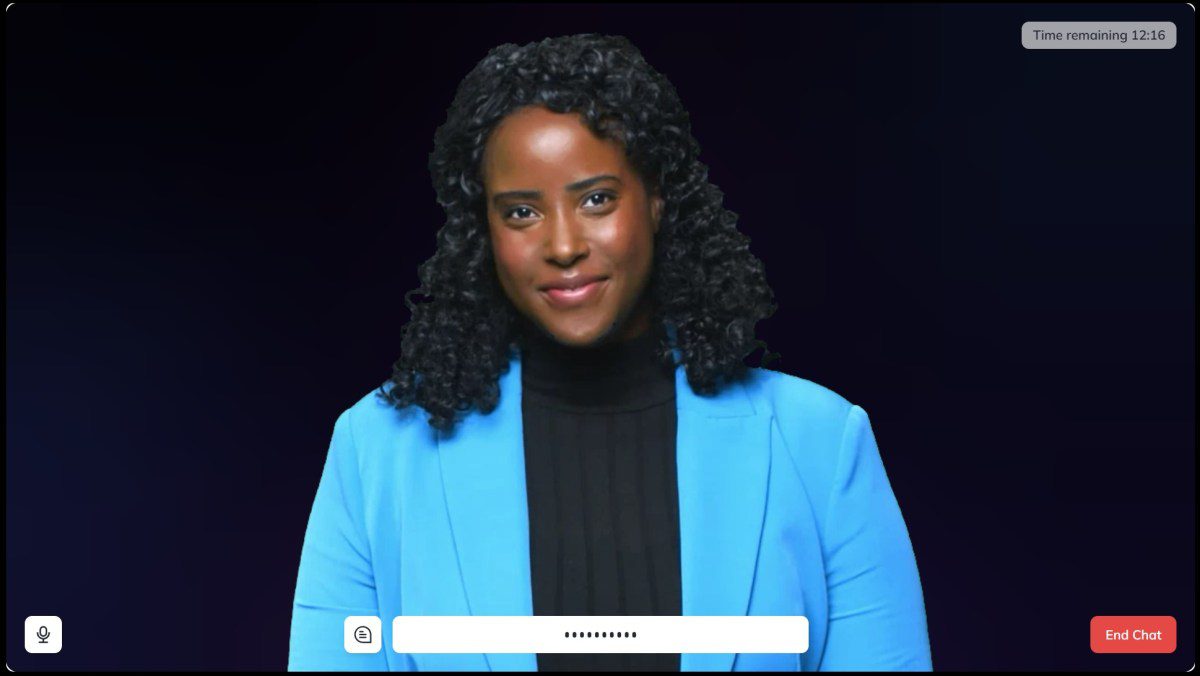AI Avatars Teaching Refugee Issues: A New Approach to Awareness
Have you ever thought about how we discuss refugee issues today? Well, here’s an eye-opener: a research institute tied to the United Nations has rolled out two AI-powered avatars aimed at shedding light on life as a refugee. It’s intriguing, right? These digital representations might just change the game when it comes to how we engage with these pressing topics.
Meet Amina and Abdalla: Your Guides
Picture this: you’re hanging out online and can have a conversation with Amina, a fictional woman who had to flee her home in Sudan to find refuge in Chad. Or perhaps you’d rather chat with Abdalla, a fictional soldier in Sudan’s Rapid Support Forces. Created as part of a unique experiment at the United Nations University Center for Policy Research, these avatars are here to provide insight into the complex layers of the refugee experience.
But here’s the catch: when I tried to chat with Amina on the experiment’s website, I got hit with an error message. Honestly, I wasn’t expecting that, so it makes you wonder—are these characters really ready to step into the spotlight?
Experimentation Without a Blueprint
Eduardo Albrecht, a professor at Columbia and a senior fellow at UNU-CPR, shared that he and his students weren’t necessarily crafting a solution for the UN. They were just, in his words, “playing around with the concept.” It’s like they were testing the waters, which leads us to the question: can a virtual avatar genuinely represent the voices of those in dire situations?
The paper summarizing this project suggested that these avatars could one day help make a compelling case to potential donors. But we can’t ignore the feedback from those who interacted with the agents. Many felt that real-life refugees are capable of voicing their own stories. Isn’t it important to hear their perspectives directly?
The Risks of Miscommunication
Here’s the deal: while the concept behind AI avatars for refugee education could have its merits, it isn’t without significant concerns. Many workshop attendees pointed out that digital conversations might oversimplify or misrepresent the real complexities refugees face. Can an avatar fully encapsulate the rich, nuanced stories that come with a person’s journey? Probably not.
This resonates with something we often forget in discussions—every refugee has a unique story, full of resilience and hope. It’s crucial to give them a platform where they can vocalize their experiences themselves.
Bridging the Gap or Creating a Chasm?
As we think about technologies like AI avatars in humanitarian conversations, we have to ask ourselves: are we genuinely bridging the gap between understanding and empathy, or are we creating a chasm with half-hearted efforts? Engaging with real people who’ve lived through these situations provides an authenticity that avatars simply can’t replicate.
In a future where we can incorporate technology into education and awareness, we need to focus on approaches that uplift individual voices rather than replace them. This means emphasizing human connection while leveraging innovative tools.
So, what’s your take? Are these AI agents a stepping stone or just a diversion? If you want to dive deeper into refugee issues, check out this in-depth article from 404 Media. Let’s spark a conversation!
